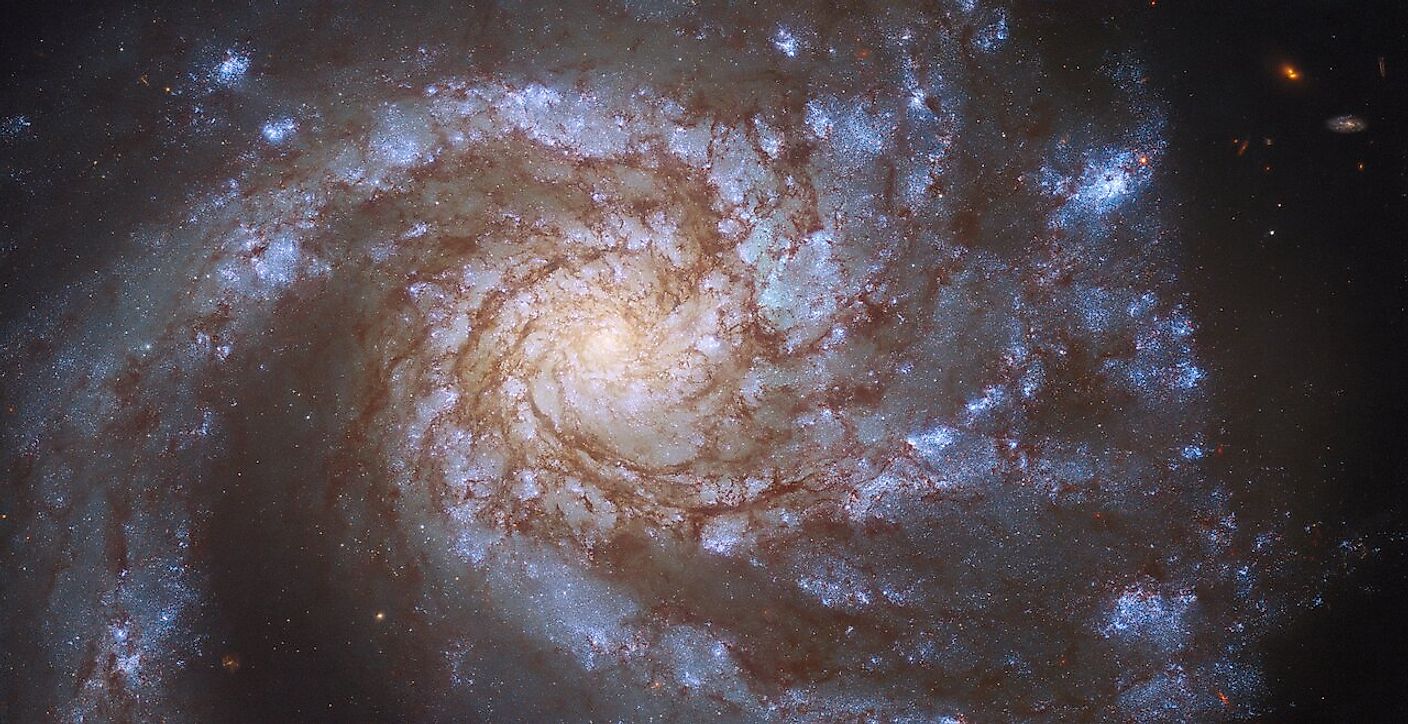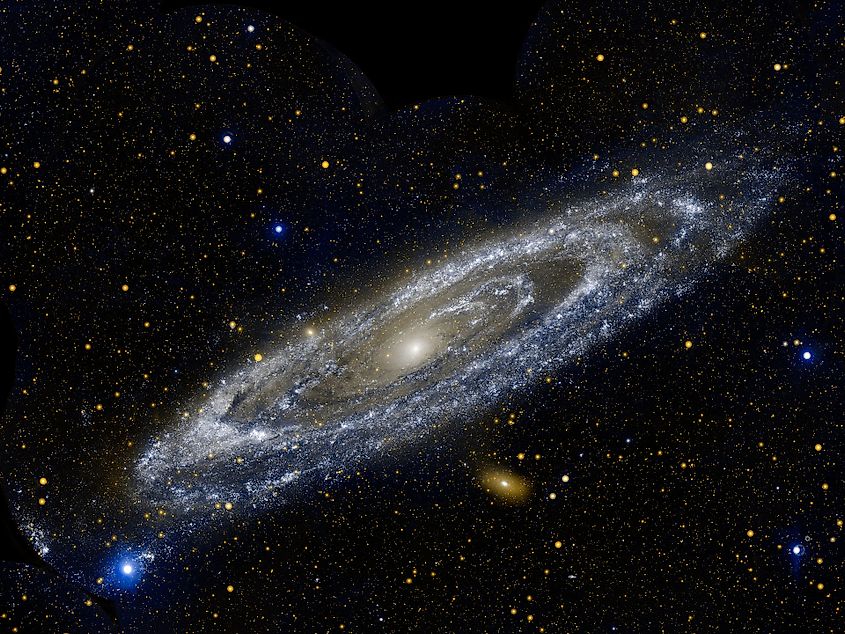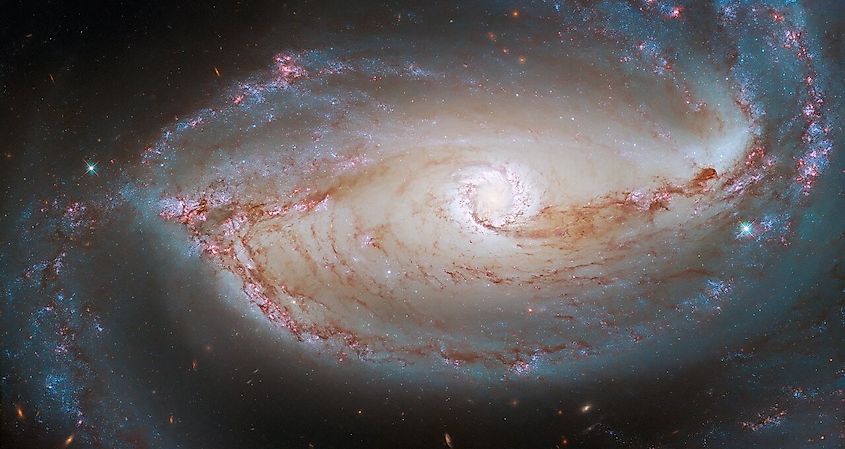
What Is Hubble’s Law?
In astronomy, Hubble’s Law refers to the observation that most galaxies are accelerating away from us, with their speed being proportional to their distance. It is named after the astronomer Edwin Hubble, who made the observational discovery in 1929 that most of the galaxies in the universe are moving away from us at tremendous speeds.
An Expanding Universe

Prior to Edwin Hubble’s discovery, there was a debate among astronomers that related to the very nature of reality. One school of thought believed that the universe contained only the Milky Way, and that space was both static and eternal. The other school of thought, however, claimed that the universe contained many galaxies and that the universe itself was both dynamic and finite. This period of history is sometimes referred to as the Great Debate, and it was eventually settled in 1929 with Hubble’s discovery. Using one of the most powerful telescopes at the time, Hubble sought to determine what was then called the Andromeda Nebula. Hubble believed that Andromeda may actually be an entire galaxy, and by knowing how far away it is, he could determine whether or not it existed outside the Milky Way. He eventually determined that the Andromeda Nebula was over 2-million light years away, well outside the predicted boundaries of the Milky Way. Rather than being a nebula, it was in fact an entire galaxy containing hundreds of billions of stars. Hubble proved that the universe was far vaster and grander than humans could have imagined, yet it was not the only thing he discovered. Hubble noticed that most galaxies appear red, a phenomenon known as red-shifted. When an object is red-shifted, it means that it is moving away from us at tremendous speeds. This is explained by the Doppler Effect, which shows that when an object is moving away from us, its light is stretched and red-shifted. If an object is moving towards us, its light is compressed and blue-shifted. By calculating the red-shift of distant galaxies, Hubble was able to calculate their velocities, finding that the universe itself is expanding and pushing galaxies apart from one another.
Distance and Speed

Hubble’s Law states that the speed of a galaxy is proportional to its distance. The further away a galaxy is, the faster it moves relative to us. For example, a galaxy twice as far from another will move away from us twice as fast. Let’s say there are two galaxies, one 30-million light years away and another 60-million years away. Since the second galaxy is twice as far as the first one, it will be moving away from us twice as fast as the closer galaxy. A galaxy four times as far will move four times faster, and on it goes.











